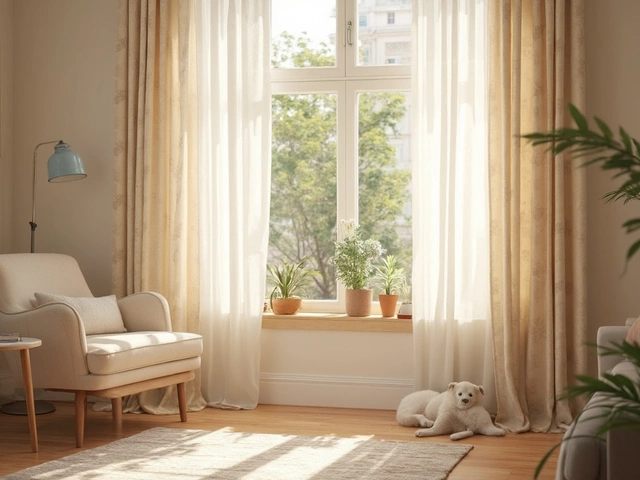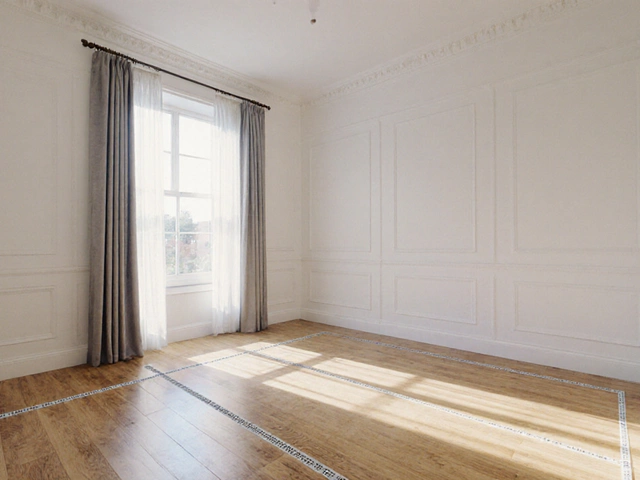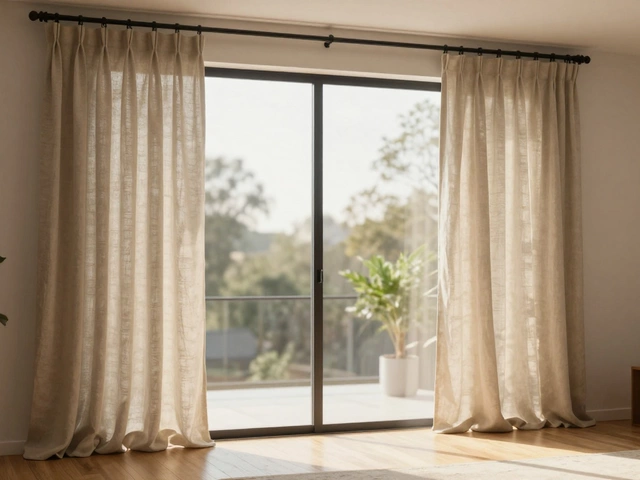Hanging Techniques: Easy Ways to Hang Curtains, Shutters & Wall Art
If you’ve ever struggled with a curtain rod that looks too low or a picture that keeps sliding, you’re not alone. The right hanging technique can make a room feel bigger, cozier, or more polished in minutes. Below you’ll find straight‑forward steps that work for windows, walls and even a stage curtain.
Get the Right Height for Curtains and Shutters
First off, measure from the floor to the top of your window frame. Add about 2‑4 inches and you have a good starting point for where the rod should sit. Hanging curtains higher than the frame adds visual height, which tricks the eye into thinking the ceiling is taller. If you have shutters, aim for the same height but leave a tiny gap (around ½ inch) at the top so the shutters can open smoothly.
Next, use a level. Even a slight tilt can make a whole row of curtains look sloppy. Mark the spot with a pencil, drill a pilot hole, then insert a sturdy wall anchor before screwing in the bracket. For heavy fabrics, choose brackets that support at least 10 pounds each – it’s better to over‑engineer than to watch a rod sag after a few months.
When you’re ready to hang, pull the curtain onto a sturdy rod and place the rod on the brackets. Let it slide a little so you can adjust the length before tightening any screws. Step back, check the length – the curtain should hover just above the floor or rest lightly on it, depending on the look you prefer.
Wall Art and Filler Pieces – Simple Hanging Secrets
Wall art, especially filler pieces, can fill empty space without overwhelming the room. The trick is to keep the center of each piece at eye level, which is roughly 57‑60 inches from the floor for most people. Use a tape measure to find that height, then mark the spot.
Small frames need just a single nail or a picture‑hanging hook. Larger pieces benefit from a wall anchor or a hanging wire system. If you’re creating a gallery wall, start by laying the frames on the floor to find a layout you like, then replicate that arrangement on the wall using painter’s tape as a guide.
Stage curtains are a special case – they’re usually hung from a track or rod that runs across the top of the opening. Measure the width of the stage opening, add a few inches on each side for overlap, then install a sturdy curtain rod or track system at the back of the stage. Use heavy‑duty brackets that can handle the weight of a full‑width fabric.
Finally, keep a few tools handy: a level, a stud finder, a small hammer, and a set of wall anchors. Having these basics means you can tackle any hanging job without calling a pro.
With these simple techniques, you’ll stop guessing and start getting the perfect look every time. Whether you’re hanging curtains, shutters, art or a stage drape, the right height and solid hardware make all the difference. Ready to transform your space? Grab a tape measure and get to work – you’ll be surprised how fast a room can feel brand new.






